By Jillian Wright
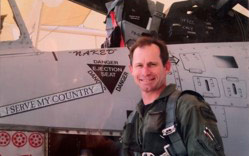
Growing up in a town with a population of about 700, Scott Stark had no aspirations of becoming a pilot. After all, the closest airport was more than four hours away.
“My hometown in western Kansas was out in the middle of nowhere,” he said “It wasn’t like there were a lot of planes there. I had never even seen a fighter aircraft.”
In a town so small, Scott believed there were few job opportunities for him, so he enlisted in the U.S. Air Force right out of high school in 1981. During air traffic controller training, he applied for and was accepted to the Air Force Academy, and while there he learned that most of the leaders in the Air Force were pilots.
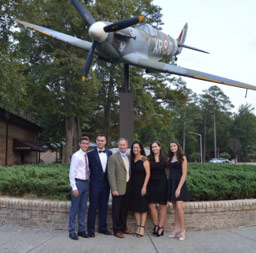
“I’m a big believer in fate,” he said. “I never even considered being a pilot when I was young, but all my classmates were going to pilot training, and at that age, you follow what your friends are doing.”
After graduating in 1987 and completing pilot training one year later, Scott was trained to fly the A-10 Warthog and flew a total of 19 years and 3,000 hours. After 27 years in the Air Force, he retired in 2008 and began thinking about his next career move.
“There was still a lot of turmoil in the Middle East in 2008,” he said. “I felt it was important to find a job where I could still contribute to that cause.”
At a job fair, Scott met representatives from Northrop Grumman’s legacy company ATK. To his surprise, many of the company’s products were ones he used flying the A-10, such as the DSU-33 and FMU-139C/B bomb fuze. He and his wife Erin interviewed, and both were hired. He’s worked primarily in the fuzing area ever since.
Today, his latest program, the FMU 139D/B, is the nation’s first all-electronic general purpose bomb fuze. It can be used in a wide variety of munitions, and gives pilots increased attack flexibility and operational lethality needed to destroy enemy targets.
“I’m continually impressed by all the people and systems in place at Northrop Grumman to make sure we deliver hardware to the warfighter that works reliably.“
Scott Stark, PROGRAM MANAGER
“In the military, you take for granted that the equipment is going to work. While I was flying, I didn’t have to think about making a bomb fuze work at extreme temperatures, but the reality is it’s incredibly difficult to do,” he said. “I’m continually impressed by all the people and systems in place at Northrop Grumman to make sure we deliver hardware to the warfighter that works reliably.”
This is especially important to Scott considering his oldest son, John, followed in his footsteps, graduating from the Academy in 2016, and is now an Air Force pilot.
“My son did extremely well in pilot training — way better than his old man! He’s now flying the F-15E Strike Eagle,” he said.
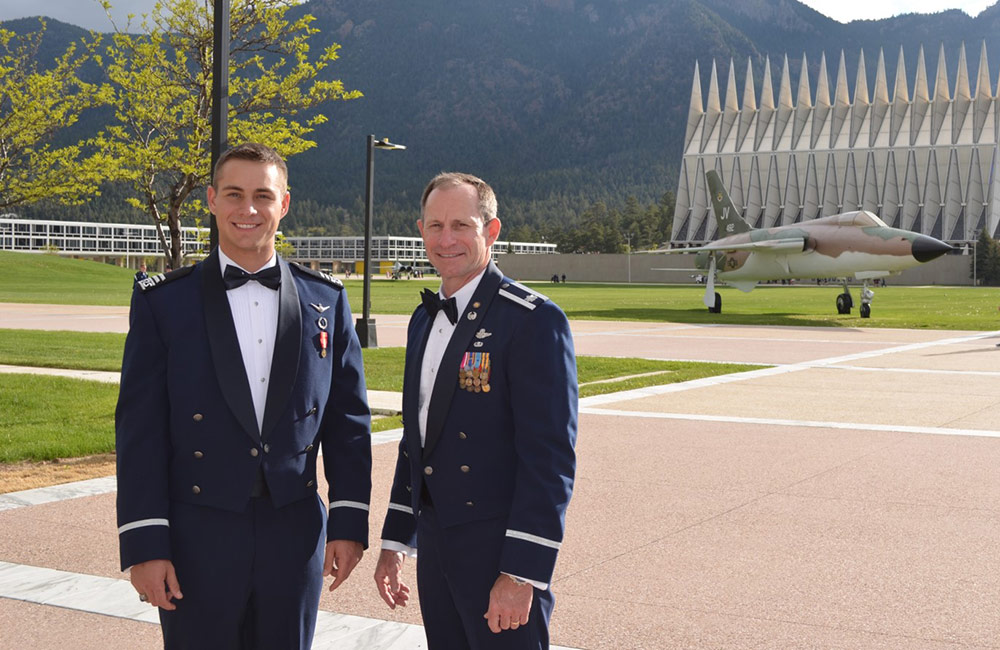
What’s also important to Scott is ensuring that the folks making these products receive credit for supporting the warfighter.
“The level of commitment it takes to do that is significant, and sometimes we forget how important it is for the people who make our products to be recognized for what they do,” he said. “I have a great appreciation for all the people in the industry who do it every day, and who at times don’t get the thanks they deserve.”
Are you a transitioning veteran ready for your next mission? Explore our careers.
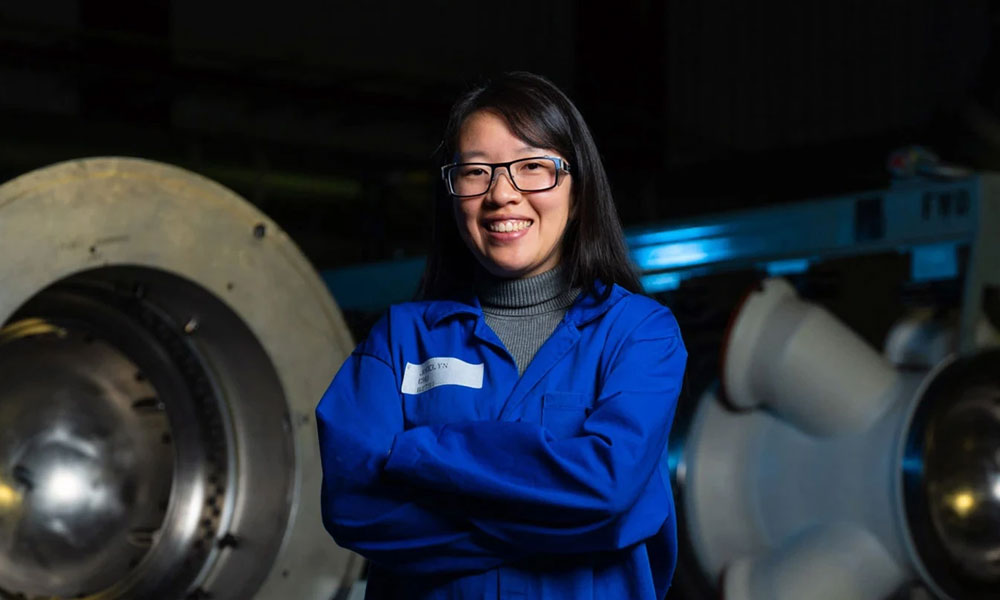
Life at Northrop Grumman: Recent Stories
Shape your career journey with diverse roles and experiences that expand your expertise, feed your curiosity, and fuel your passion.
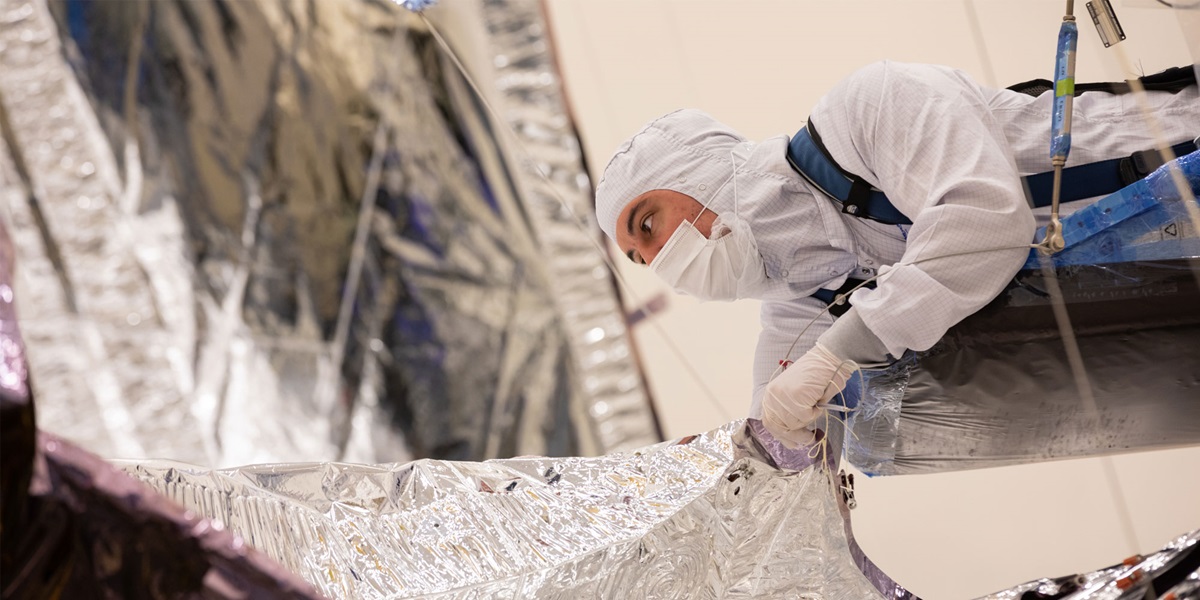
Life at Northrop Grumman: Archived Stories
It takes every one of us to make the impossible a reality. See what life is like at Northrop Grumman.